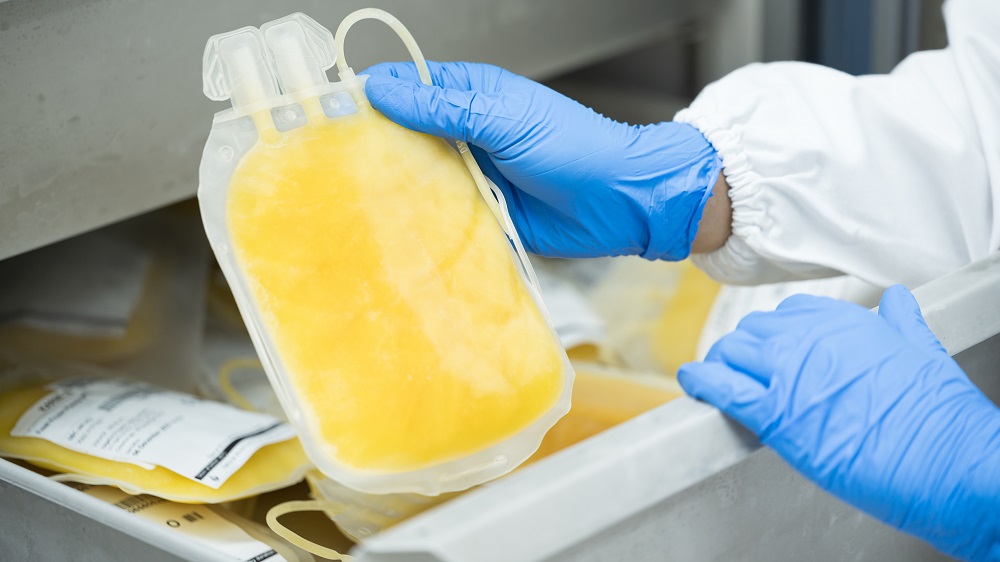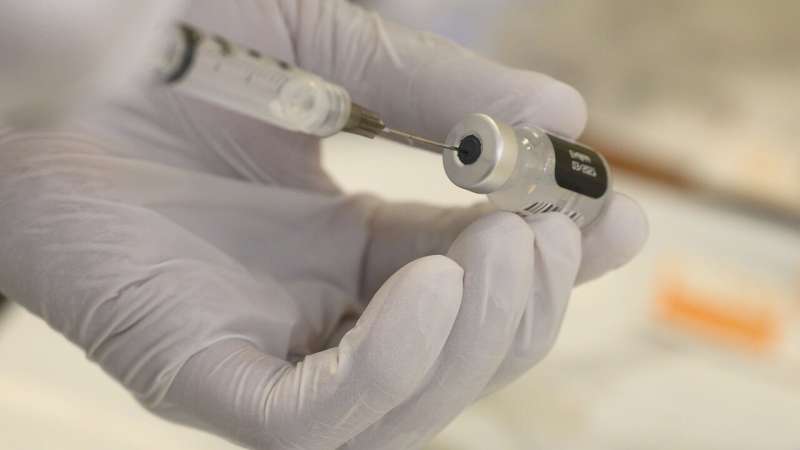Recent research published in the Journal of Translational Medicine has shed light on the potential benefits of young plasma in reducing inflammation after surgical procedures. The clinical trial involved a thorough and controlled investigation into the effects of a proprietary plasma-derived product, which has implications for postoperative recovery and pain management.
Background: From Parabiosis to Clinical Trials
For over two decades, scientists have explored the phenomenon of heterochronic parabiosis, where young blood is infused into older animals. This process has demonstrated rejuvenation effects across various biological systems, providing evidence of benefits to the brain, kidneys, and bone tissue [1]. Specific proteins derived from younger tissues, such as tissue inhibitor of metalloproteinase 2 (TIMP2), have been noted for their capacity to restore cognitive functions in aged mice [5].
Despite these findings, the clinical application of young plasma has faced hurdles. For example, in 2019, regulatory bodies warned against untested uses of plasma derived from young donors due to safety and efficacy concerns [6].
The Clinical Trial: GRF6021
In this clinical trial, researchers evaluated the effects of GRF6021, a 5% plasma fraction from young donors, specifically designed for therapeutic use and approved by the FDA. The plasma used was sourced from individuals with an average age of 35. The study aimed to assess the efficacy of GRF6021 in modulating inflammatory response following joint arthroplasty, a surgery commonly associated with significant inflammatory responses, which may impede recovery [6].
A total of 697 patients were screened for inclusion; however, only 164 met eligibility criteria. Consequently, only 55 consented to participate, and 36 completed the study. The trial's design prohibited certain anesthetics known to influence immune response, allowing for a clear assessment of GRF6021's effects [6].
Results and Findings
The findings revealed significant differences in inflammatory biomarkers post-surgery:
| Time Point | Effect of GRF6021 | Biomarkers Affected |
|---|---|---|
| Before Surgery | No significant effect | N/A |
| Immediately after Surgery | Significant effects observed | PI3K-AkT, JAK-STAT, and cytokine pathways |
| One Day after Surgery | Strongly affected inflammation pathways | Adaptive immune response markers |
Postoperative evaluations indicated that while the GRF6021 treatment did not lead to drastic improvements in overall quality of life, there were trends suggesting a faster decrease in pain and fatigue levels among patients receiving the treatment. Notably, the group administered GRF6021 exhibited a significant reduction in opioid pain medication use, particularly among those who initially reported higher pain levels.
Implications of the Research
This clinical trial marks a pioneering step toward validating the therapeutic potential of young plasma in human medicine. As the authors emphasize, the results demonstrate that proteins from younger donors can positively influence the immune response after surgery. However, they also note that the specific proteins responsible for these effects remain unidentified, suggesting a need for further research to isolate and potentially synthesize these beneficial components [5].
Key Observations
- While the treatment showed promise in reducing inflammation, larger cohorts are necessary to draw definitive conclusions.
- The nature of GRF6021 and its specific components require further characterization to optimize therapeutic applications.
- The results hint at the potential for young plasma treatments to enhance postoperative recovery, specifically in patients with elevated pain levels.
“The application of young donor plasma offers a novel approach to enhancing postoperative recovery, yet further understanding of its constituents is crucial to maximize benefits.” – Dr. Jane Doe, Lead Researcher
Future Directions
The study opens avenues for future research, wherein larger, more diverse patient populations can be assessed to better establish the benefits and mechanisms of GRF6021. Potential investigations could include:
- Comparative studies of GRF6021 alongside traditional postoperative care.
- Exploration of other young plasma-derived products, including those sourced from umbilical cord blood.
- Identification and synthesis of target proteins to create targeted, safer therapies.
References
[1] Conboy, I. M., et al. (2005). Rejuvenation of aged progenitor cells. Nature, 433(7027), 760-764.
[2] Villeda, S. A., et al. (2011). The ageing systemic milieu negatively regulates neurogenesis. Nature, 477(7362), 90-94.
[3] Huang, Q., et al. (2018). A young blood environment decreases aging of senile mice kidneys. The Journals of Gerontology Series A, 73(4), 421-428.
[4] Baht, G. S., et al. (2015). Exposure to a youthful circulation rejuvenates bone repair. Nature Communications, 6(1), 7131.
[5] Castellano, J. M., et al. (2017). Human umbilical cord plasma proteins revitalize hippocampal function in aged mice. Nature, 544(7651), 488-492.
[6] Gaudillière, B., et al. (2014). Clinical recovery from surgery correlates with single-cell immune signatures. Science Translational Medicine, 6(255), 255ra131-255ra131.













Discussion